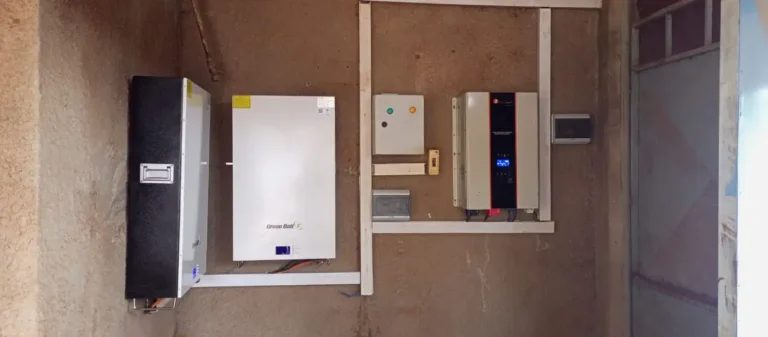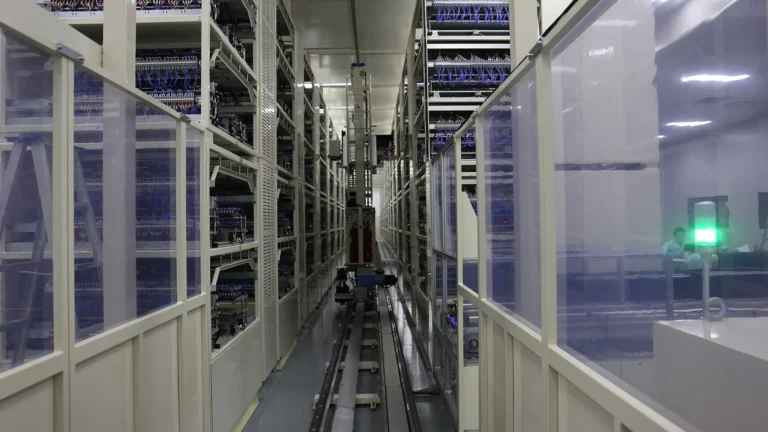Henan Liyue New Energy Co., Ltd

Energy Storage System Specifications Vendors Won’t Tell You
Let’s cut through the spec sheets. If you’ve ever compared energy storage system specifications at Home Depot or reviewed utility-scale ESS technical parameters, you know published numbers lie by omission. Here’s what the 8,000-cycle claims and zero-self-discharge promises really mean when the grid fails.
The Power Paradox: Why ESS Specs Hide Sustained Output
Every manufacturer loves to tout that “10 MW!” power capacity stamp. But during California’s 2020 blackouts, ESS specifications failed a brutal test: operators needed 30 MW sustained for five hours, not 100 MW bursts. The DOE now prioritizes duration tiers over spec sheet theatrics.
Homeowners face similar traps. Your Powerwall‘s 7 kW rating? Useless when Texas freezes spike HVAC demand to 10 kW. Pro tip: Oversize inverters instead of chasing battery specs.
The kWh Deception in Energy Storage Specs
That “20 kWh” rating? Subtract 15-30% for:
- Depth of discharge limits (lead-acid dies at 50% DoD)
- Phantom load vampires (2% daily loss in Arizona solar farms)
- Temperature derating (-20°F = 40% capacity loss)
Phoenix installers now eat 20% higher costs for LiFePO4’s <1% monthly self-discharge – because ESS technical parameters don’t account for monsoon humidity.
Why Cycle Life Specifications Are Mathematical Fiction
“8,000 cycles” assumes full 100%-0% discharges – a lab fantasy. Real-world 20-40% daily cycles still degrade cells:
- UCLA found 0.05% capacity loss per partial cycle
- 25-year warranties often hit 80% capacity by Year 12
Vermont’s grid now uses zinc-hybrid batteries precisely because standard ESS specs punish lithium’s partial cycling.
夸大参数_-3D立体字效,_8000-CYCLES_(50撕毁)、_0-.jpg)
Software: The Ghost in the Spec Sheet Machine
Xcel Energy’s machine learning hack avoids dendrite-prone 30-70% SOC ranges, squeezing 12% more cycles from generic Li-ion. Contrast this with residential BMS systems that still fail basic tasks:
Last winter, three “smart” ESS units ignored -20°F derating curves, displaying 100% SOC until inverters crashed mid-blizzard.
The Regulatory Specs Trap
Miami’s new $3,000 explosive canister requirement for lithium ESS vs. Georgia’s permit-free installs exposes a critical flaw: energy storage specifications have no unified safety benchmarks.
Form Energy’s iron-air battery breakthrough? Stalled by lack of UL standards for aqueous electrolytes – a $200M project trapped in spec sheet limbo.
Survival Protocol: Rewriting the Spec Sheet Rules
- Demand derating-adjusted specs
Size batteries for 4.5 hours if needing 3-hour backup - Hunt transient loads
Your “10 kW surge” is likely 2-second well pump spikes - Invest in BMS analytics
Schneider’s XW Pro with third-party firmware >>>> any glossy spec sheet
Final Reality Check:
True ESS specifications mastery means knowing round-trip efficiency at 95% DoD matters more than cycle counts. The industry hates that you’re reading this. Good.





